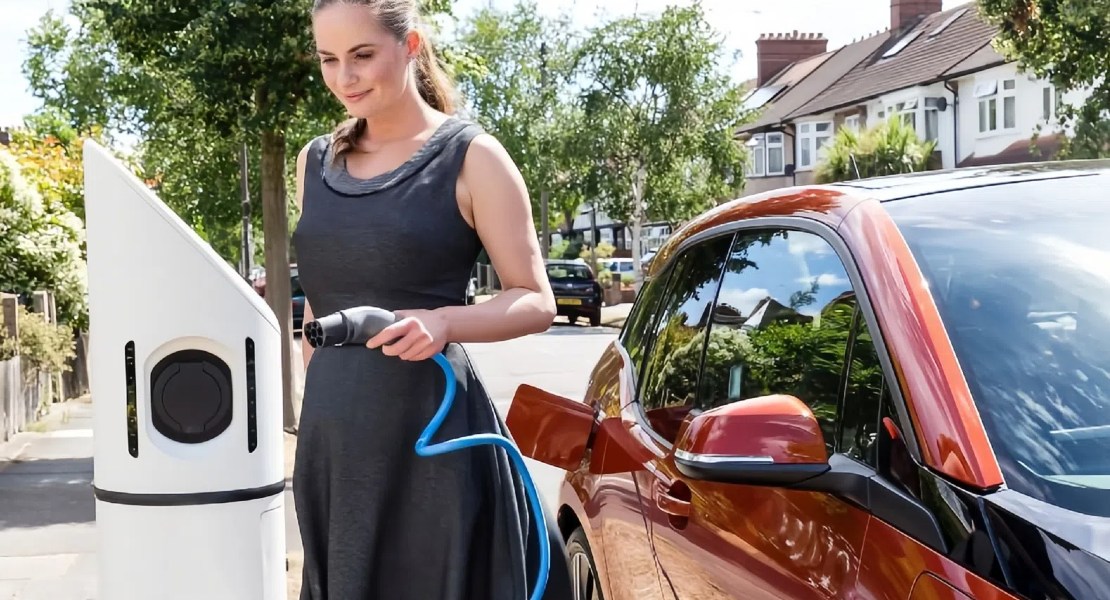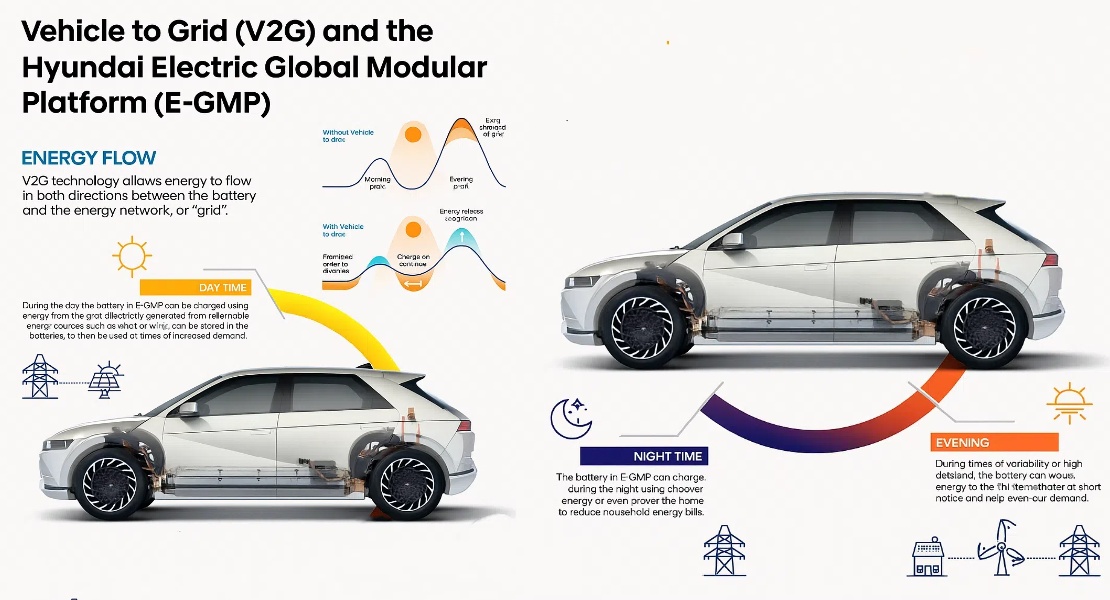The transition to electric vehicles (EVs) is not only reshaping transportation but also redefining how we interact with energy. One of the most exciting innovations at this intersection is V2G – Vehicle-to-Grid technology.

🔄 What Exactly Is V2G?
Traditionally, EV charging has been one-way: power flows from the grid into the vehicle’s battery. V2G, or Vehicle-to-Grid, changes this dynamic by allowing energy to flow both ways.
This means that EVs can act as mobile energy storage units. They not only charge from the grid but also discharge electricity back into the grid when needed—supporting energy stability, lowering costs, and unlocking new revenue streams for EV owners.
⚡ How Does V2G Work?
-
Off-Peak Charging: EVs charge when electricity demand is low and prices are cheaper.
-
Peak Discharge: When the grid is under pressure, EVs release stored power back to the grid.
-
Compensation: EV owners or fleet operators receive credits or payments for supporting the grid.
In short, EVs become part of a virtual power plant, helping balance energy supply and demand.🌍 Why Is V2G Important?
-
For Consumers: Lower charging costs and backup power during outages.
-
For Fleets: Optimized energy use and new revenue streams by participating in demand response programs.
-
For Utilities: Improved grid stability and better integration of renewable energy like wind and solar.
-
For Society: Higher energy efficiency and accelerated transition toward clean energy.
🔧 What Do We Need for V2G to Work?
-
V2G-Enabled EVs – Vehicles capable of bi-directional charging.
-
V2G-Compatible Chargers – Equipped with inverters to allow two-way energy flow.
-
Supportive Policies – Energy markets must allow EVs to feed power back into the grid and compensate users.
🚀 How FES Power Charging Solutions Fit into the Future of V2G
At FES Charging, we are actively preparing for this next step in EV infrastructure with a portfolio of solutions designed to support smarter, more flexible energy systems:
-
150–480kW Solar + Storage Ultra-Fast Chargers: Combining renewable energy and storage, these chargers can seamlessly integrate with V2G technology, enabling large fleets to become energy contributors as well as consumers.
-
7–22kW Wall-Mounted AC Chargers: Ideal for homes, offices, and kerbside charging, providing the foundation for smart scheduling and future V2G adoption.
-
120–160kW DC Fast Chargers: Perfect for logistics hubs and fleet depots where quick charging is critical, with potential upgrades to support bi-directional energy flow.
By linking EV charging with renewable generation and smart grid systems, we aim to turn every charging point into part of a connected energy ecosystem.

🔮 Looking Ahead
The future of charging is not just about powering vehicles—it’s about redefining the role of mobility in the energy grid. V2G will empower drivers, fleets, and communities to actively participate in energy markets, reduce costs, and accelerate the global shift toward sustainability.
As governments and industries push forward with pilot projects, the question is not if V2G will arrive, but how fast.
👉 Learn more about how FES Charging is shaping the future of energy and mobility at www.fescharging.com.
